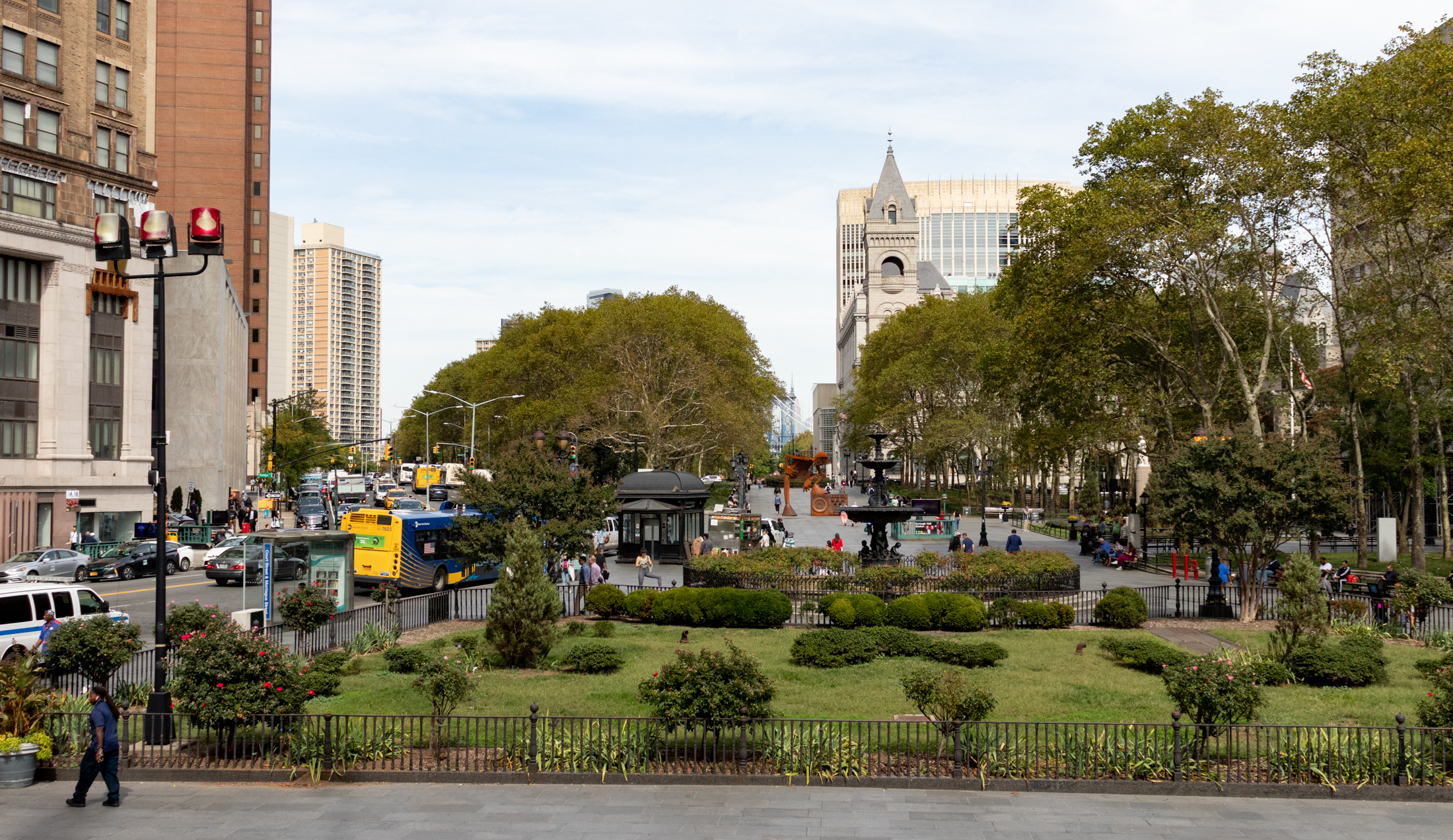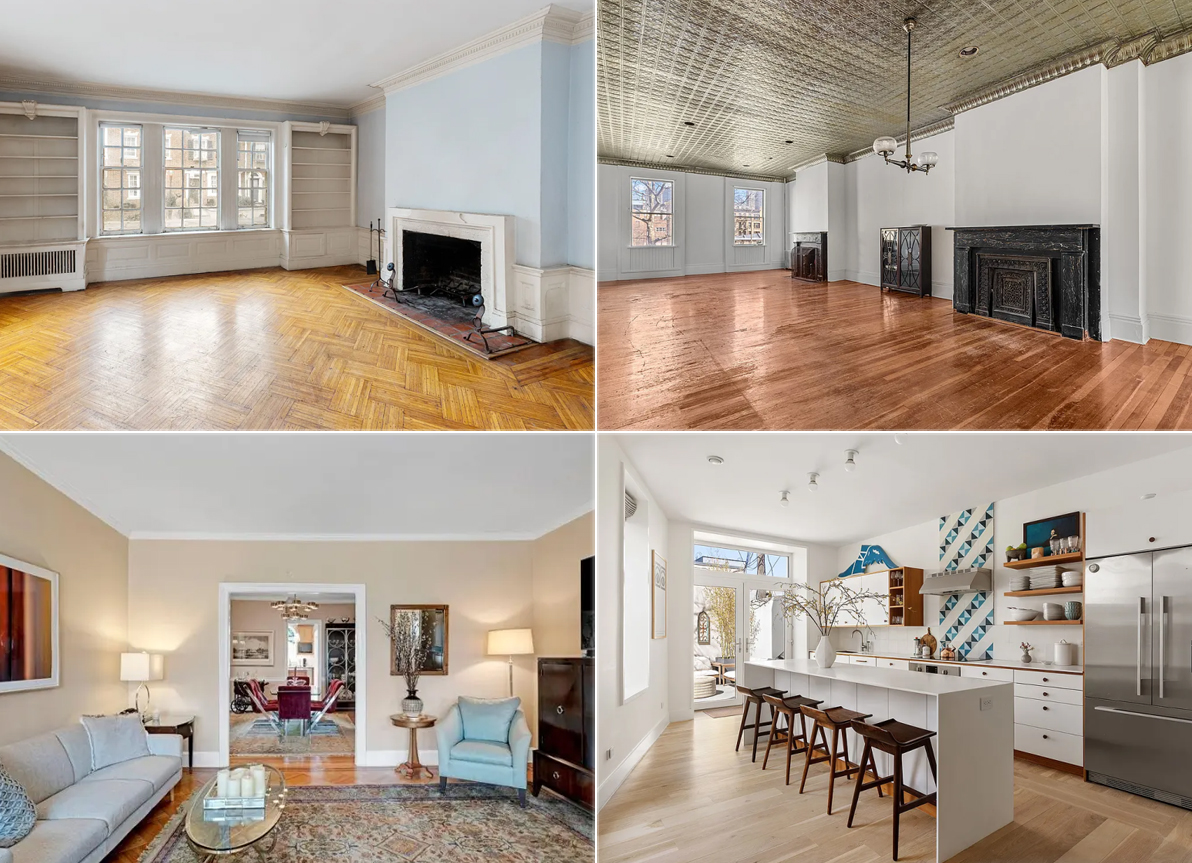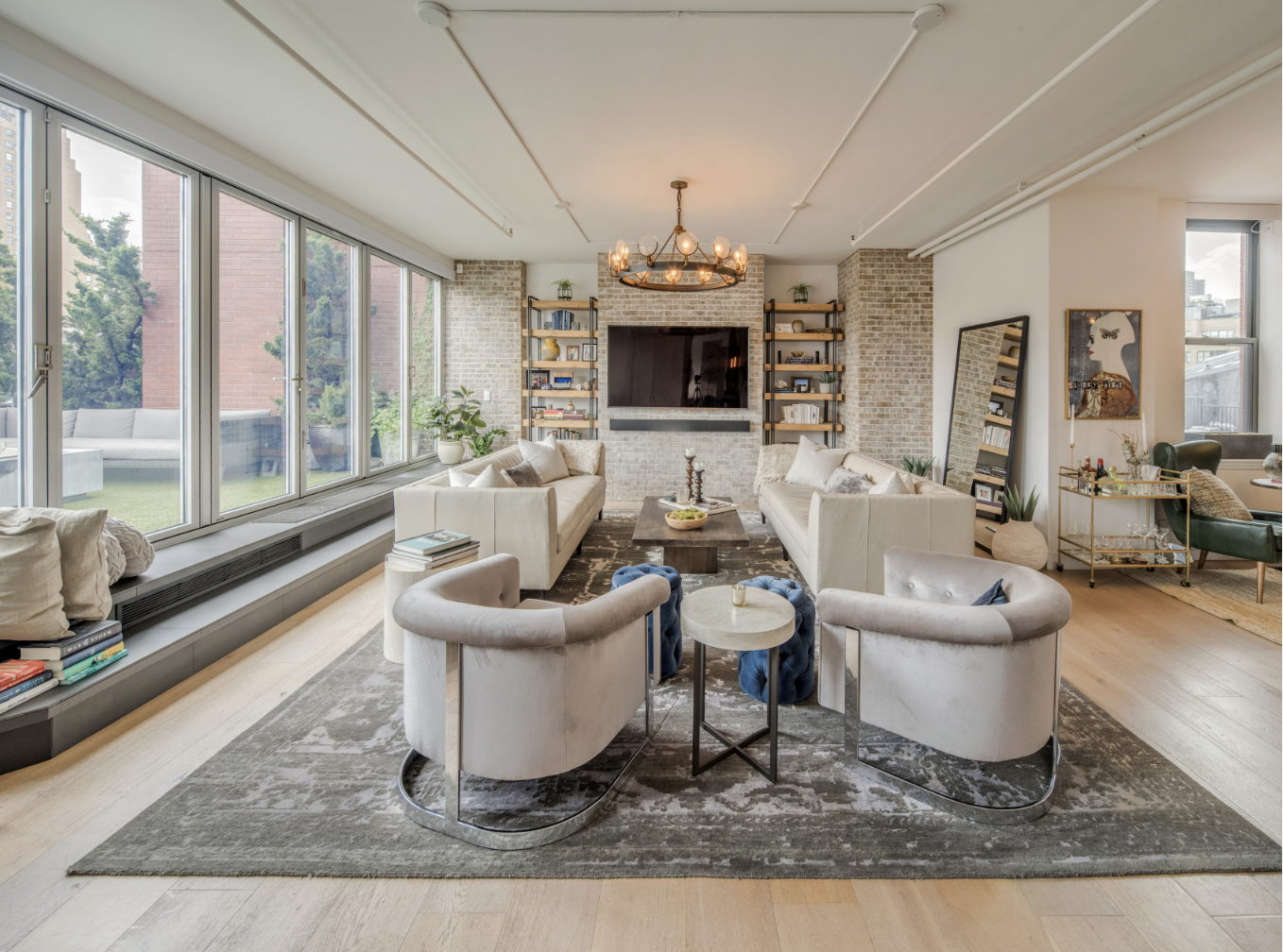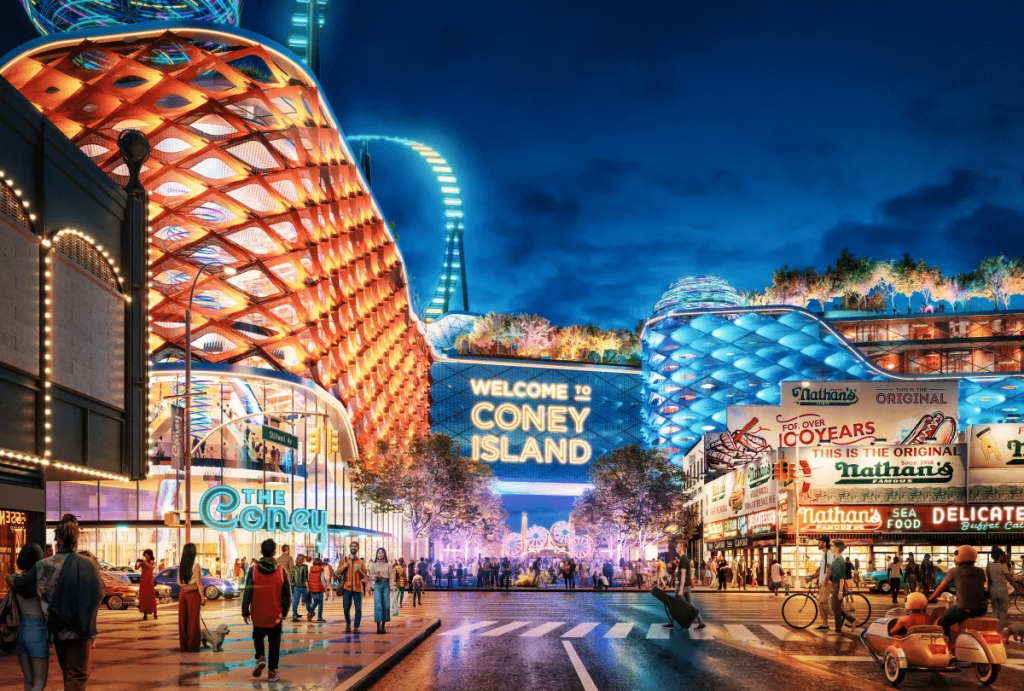One Prospect Park: Affordable Glass?
In an article on the issues involved in constructing glass-clad buildings, The Real Deal provides this schematic (which we hadn’t seen before) of the 15-story, 119-unit condo designed by starchitect Richard Meier as well as insight into the economics of the venture: Until now, the price of living in a glass project designed by Meier…

 In an article on the issues involved in constructing glass-clad buildings, The Real Deal provides this schematic (which we hadn’t seen before) of the 15-story, 119-unit condo designed by starchitect Richard Meier as well as insight into the economics of the venture:
In an article on the issues involved in constructing glass-clad buildings, The Real Deal provides this schematic (which we hadn’t seen before) of the 15-story, 119-unit condo designed by starchitect Richard Meier as well as insight into the economics of the venture:
Until now, the price of living in a glass project designed by Meier was reserved for the very rich. Not so with the Prospect Heights project. “What we’re doing in Brooklyn is not a luxury building,” [Meier] said. “It is all glass, which may seem luxurious, but it is not out of the realm as far as what is economically feasible as far as construction costs.”
Hmmm, it may not be costing a ton to construct, but you can bet it will cost and arm and a leg to own.
Living in Glass Houses [The Real Deal] GMAP





By the way, if Prospect Heights doesn’t want this, send it over to Fourth Avenue! I’d rather look at this than that thing Boymelgreen’s putting up at 4th Ave and 5th Street.
David, Jeffx and GrandPa, I am won over by your arguments. Thank you for a thoughtful debate. I can no longer dismiss arbitrarily all contemporary architecture as noncontextual. In case you’re wondering, I’m not being sarcastic.
as one who lives in a 100+ year old brownstone two blocks from 1 Prospect Park, I welcome the vision and think that coupled witht he Bk Museum and Eastern Pkwy rehab, makes GAP/Western Eastern Parkway one of the more exciting architectual destinations in NYC.
Well explained, David, but I protest that I do not have vision. I also protest that you don’t have vision, because I can see that you do.
GrandPa, I too like Meier’s work, I’m just coming to grips with its placement.
Preston, I agree, except that if it ‘rises above contextualism’ and ‘finishes’ the row of buildings, doesn’t that mean that it IS in context? Perhaps ‘contextual’ is a formal term in architecture that I am not understanding, honestly.
Anyway, it is what it is, and I will be willing to confess that it works for me in the end if in fact I feel that it does.
Meier creates attractive buildings with a wonderful sense of detail. What more can you ask? I think this building is quite attractive and unlike most renderings, Meier has the pull to make sure than his final building will look like the rendering.
This a fine piece of achitecture. Embrace positive change, but fight the fedders and poorly planned ugliness.
Sort of but your ‘ideal’ is mostly conflicting and therefore not realistic.
The problem with amatuer critics is that you dont have vision (neither do I BTW) – Architechture is subjective AND it also often takes years to get the right perspective to see it correctly.
An example might be the WTC – which in many ways was a bland boring design and much criticized but after decades we saw how their shear size brought a beauty to the design and they we much loved (if not the plaza) and now missed in their absence.
In some ways this building fits in with the “context” very well – look at the mix of the Art Deco Brooklyn Library across the street from the Roman Union Arc with a total blend of modern and traditional at the Brooklyn Museum next door.
I am not saying that you have to love this particular building (But you might) however this never ending chant of “context” is really a recipie for sameness. So while I dont like “fedders” buildings anymore than the next guy – I wish people here would stop shouting ‘crap’ to every new building that isnt a disney-recreation of some Gilded Age masterpiece
Hal-
12:05 says it well. This is a site that can really rise above contextualism. Looking down Eastern Parkway, a good landmark building could finish the row of brick and stone apartment buildings quite elegantly.
Whether this building will pull it off is another question altogether.
David, fair question, but I don’t know if I can respond adequately as I am neither a student of architecture nor a critic. Just a guy with an eye. First, I don’t beleive visionary and contextual are mutually exclusive. To me, visionary means the ability to bring a bigger picture into focus, rather than design for something to viewed by itself. Visionary does not necessarily imply modern, contemporary or futuristic.
As far as citing an example to prove my point, you got me there. Perhaps as I continue to look at architecture I may find an example, but for the moment I’m at a loss. Allow me the opportunity to look around and I may find an example.
Let’s just say that visionary may indeed be rare and represented by only a few examples for a given era. Bauhaus comes to mind and also even Arts & Crafts, which is not to say that either would work here. It seems to me there must be a way to honor the ‘place’. In this case Grand Army Plaza. I’m imagining an ideal which I can’t define, but I feel I would know it when I see it.
Does any of that make any sense?